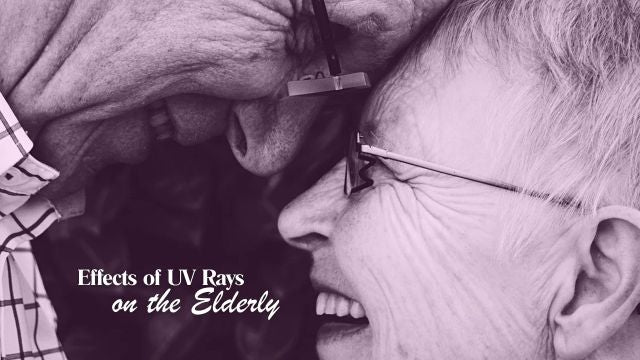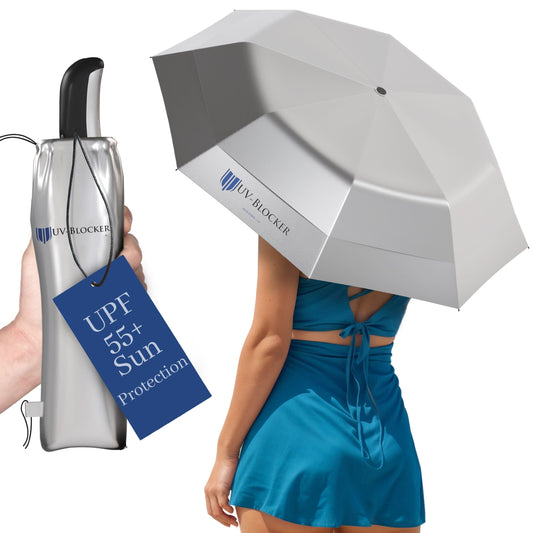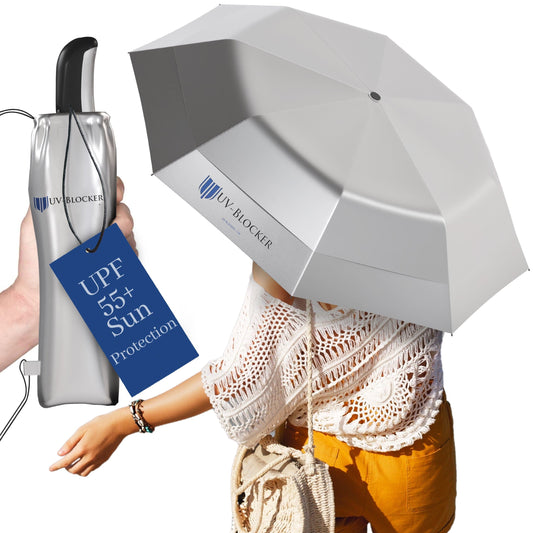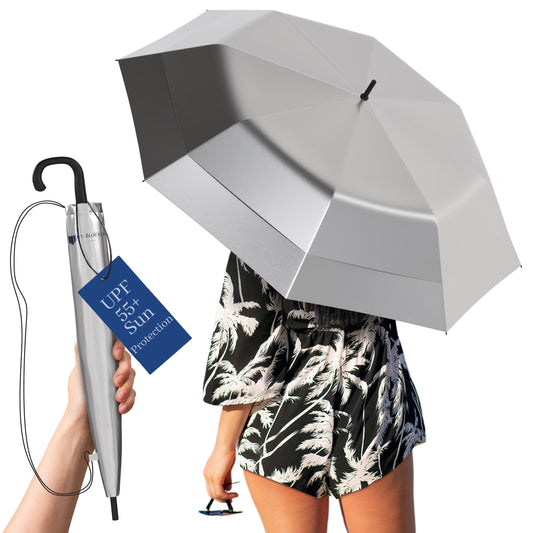As we age, our skin, eyes, and body’s cooling systems become more vulnerable to the sun’s ultraviolet (UV) radiation. That makes smart UV protection especially important for older adults—year-round, not just in summer. Here’s a concise, evidence-based guide.
Why UV hits harder in later life
Decades of sun exposure add up. UV light damages skin DNA, weakens local immune defenses, and accelerates “photoaging” (wrinkles, pigment changes, and fragility). Research shows UV can induce immune suppression in skin and drive photoaging biology that mirrors—and worsens—chronologic aging.
Skin: precancers and cancers are more common
Actinic keratoses (AKs)—rough, scaly spots from chronic UV—are very common in older adults and can progress to squamous cell carcinoma if untreated. Treating AKs reduces that risk.
Skin cancer is the most frequently diagnosed cancer in the U.S.; risk rises with age due to cumulative UV exposure.
Eyes: UV raises cataract risk
UV exposure contributes to cataracts—the clouding of the eye’s lens that impairs vision—and prevention is possible. Global health estimates attribute a meaningful share of cataracts to UV overexposure; eye protection helps reduce risk.
Body temperature: higher risk of heat illness
Older adults have reduced ability to cool themselves and are more prone to heat-related illness during hot, sunny weather—dehydration, heat exhaustion, and heat stroke. Staying shaded, cool, and hydrated is essential when temperatures climb.
Medications: photosensitivity matters
Many commonly used medicines in later life (certain antibiotics, diuretics, and cardiac and oncology drugs) can increase sun sensitivity, leading to faster, more severe burns or rashes. Ask your clinician or pharmacist whether your medications are photosensitizing and how long to take extra precautions.
Practical protection for older adults
- Check the UV Index and limit midday sun (10 a.m.–4 p.m.).
- Cover up: long sleeves, a wide-brim hat, and UV-blocking sunglasses to protect eyes and cataract-prone lenses.
- Use broad-spectrum SPF 30+ and reapply every two hours (more with sweating or swimming).
- Do regular skin checks and see a clinician for new or changing spots—especially rough, scaly patches that could be AKs.
- Prevent overheating: seek shade, use a good-quality sun umbrella, drink fluids, take cooling breaks, and know heat-illness warning signs (dizziness, confusion, rapid pulse).
Bottom line
Older adults can enjoy the outdoors safely with a few smart habits. Protecting skin and eyes—and preventing overheating—pays off in better comfort today and a lower risk of skin cancer and vision loss tomorrow.








